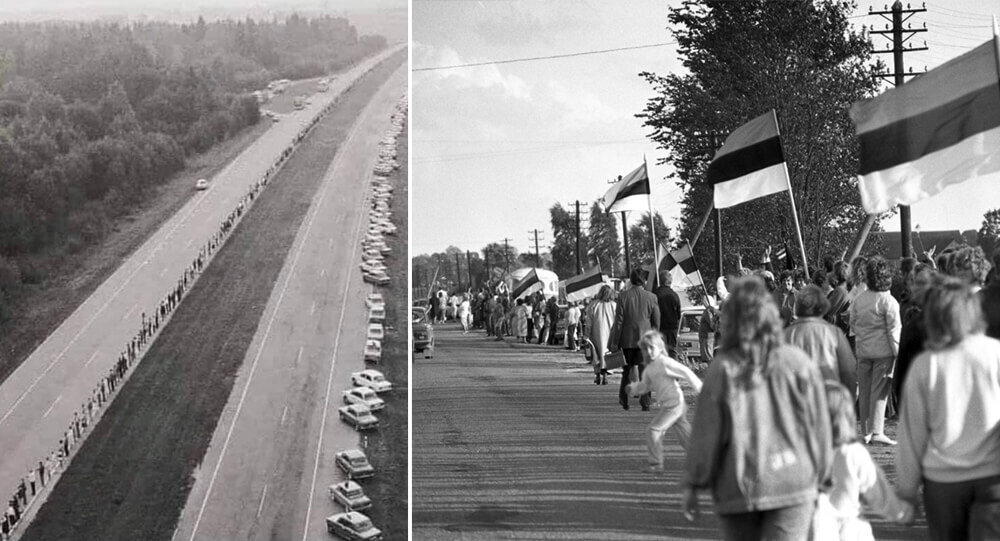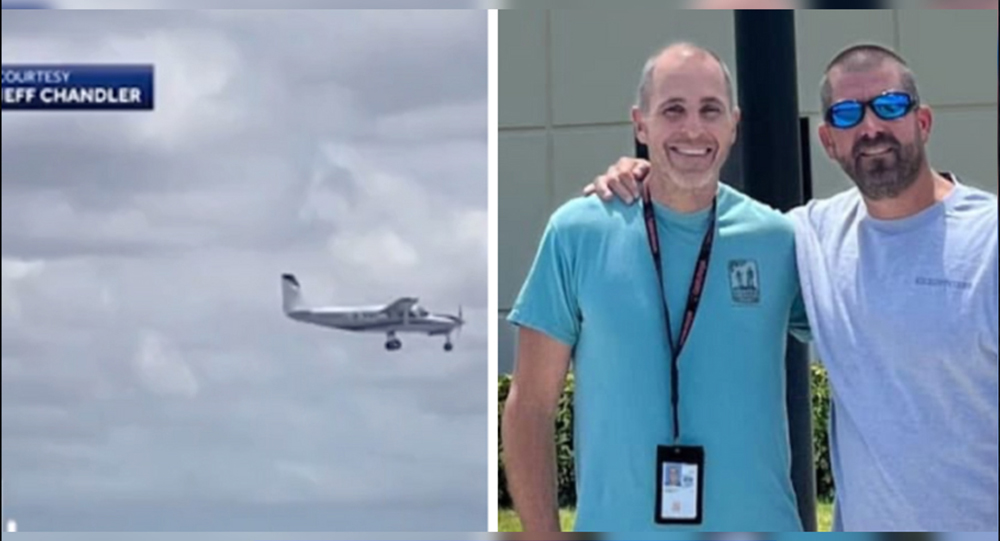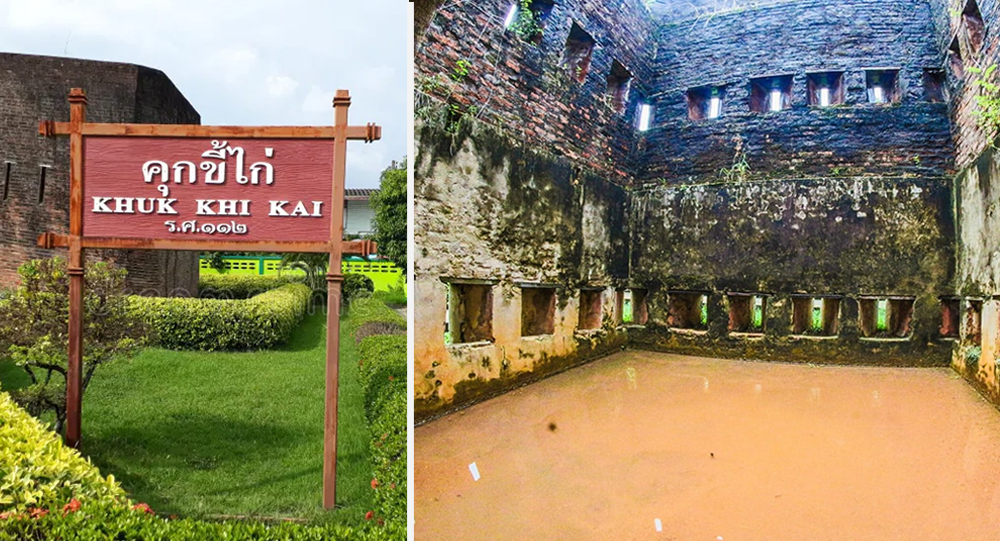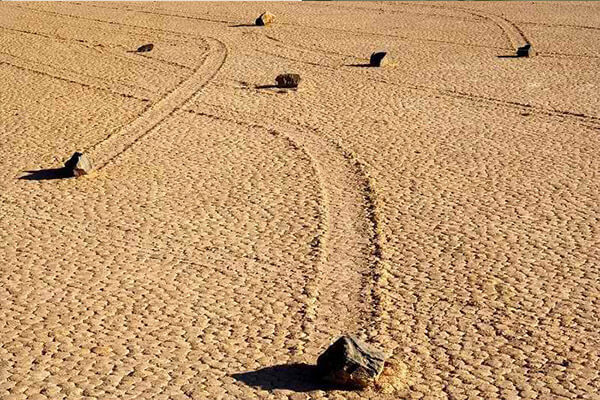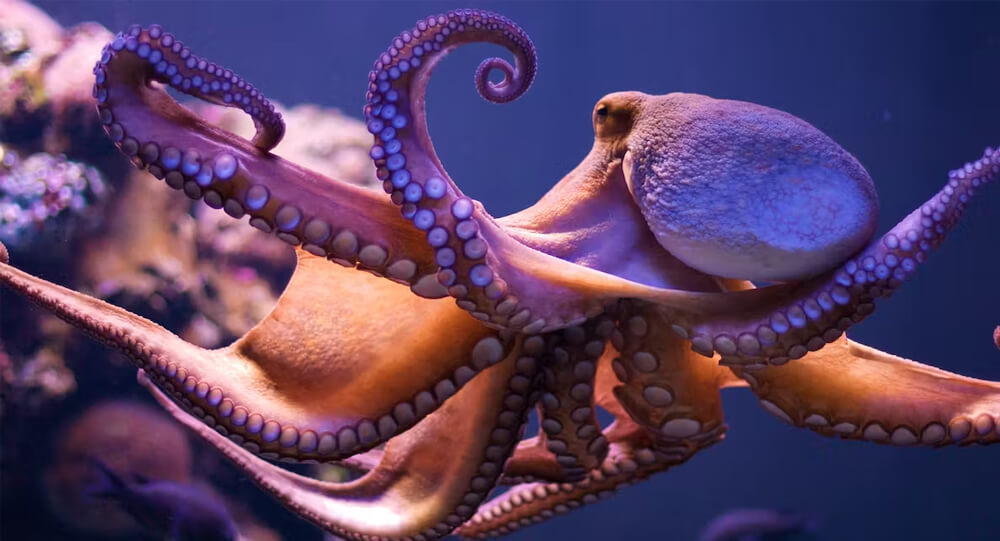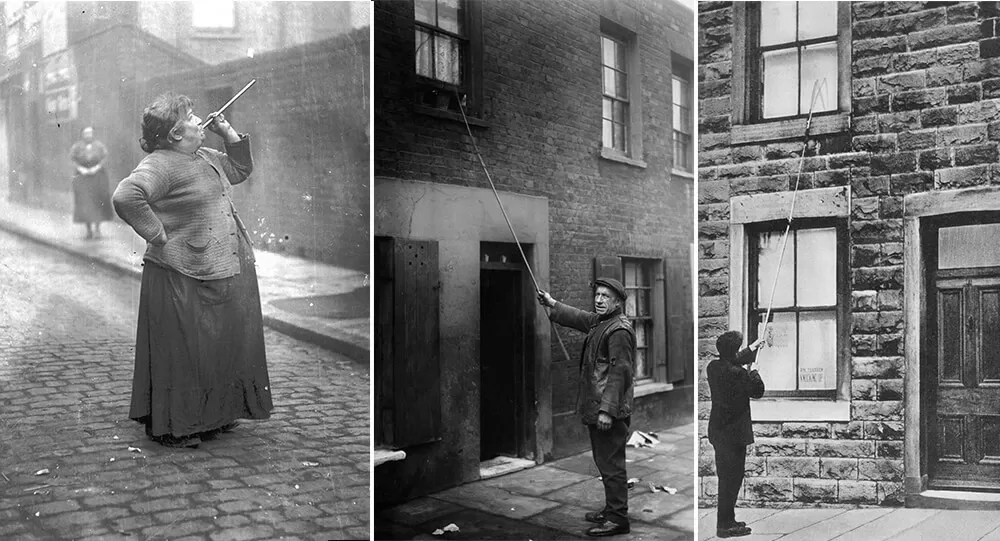On August 23, 1989, at 7:00 p.m., approximately two million people from Estonia, Latvia, and Lithuania joined hands to form a human chain that stretched 675 kilometers (or 420 miles) from Tallinn through Riga to Vilnius. It was both one of the first and longest continuous human chains in history and a peaceful protest against the illegal Soviet occupation.
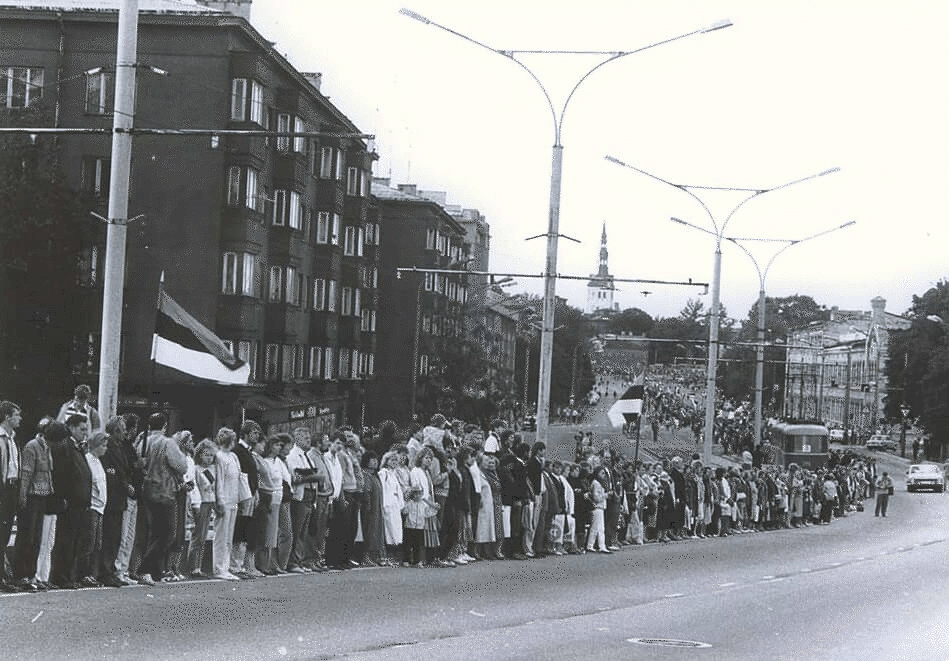
The Molotov-Ribbentrop Pact, which was signed 50 years earlier on August 23, 1939, between the foreign ministers of the Soviet Union and Germany, Vyacheslav Molotov and Joachim von Ribbentrop, is the subject of the Baltic Way, also known as the Baltic Chain.
In violation of international law, the two totalitarian powers divided Poland, Romania, Finland, Estonia, Latvia, and Lithuania into separate spheres of influence in the covert protocols that came along with the treaty of non-aggression. This caused Nazi Germany to attack Poland on September 1, 1939, sparking the Second World War. On June 16, 1940, the Soviet Union invaded Estonia and Latvia.
Delighted with joy
On August 23, 1989, Anne-Marie Riitsaar experienced a range of emotions, including excitement, fear, and confusion. Being the daughter of an Estonian father and a Russian mother, Anne-Marie experienced bullying in school and was warned that all Russians would be expelled if Estonia ever gained independence. something that, at the time, she didn’t understand.
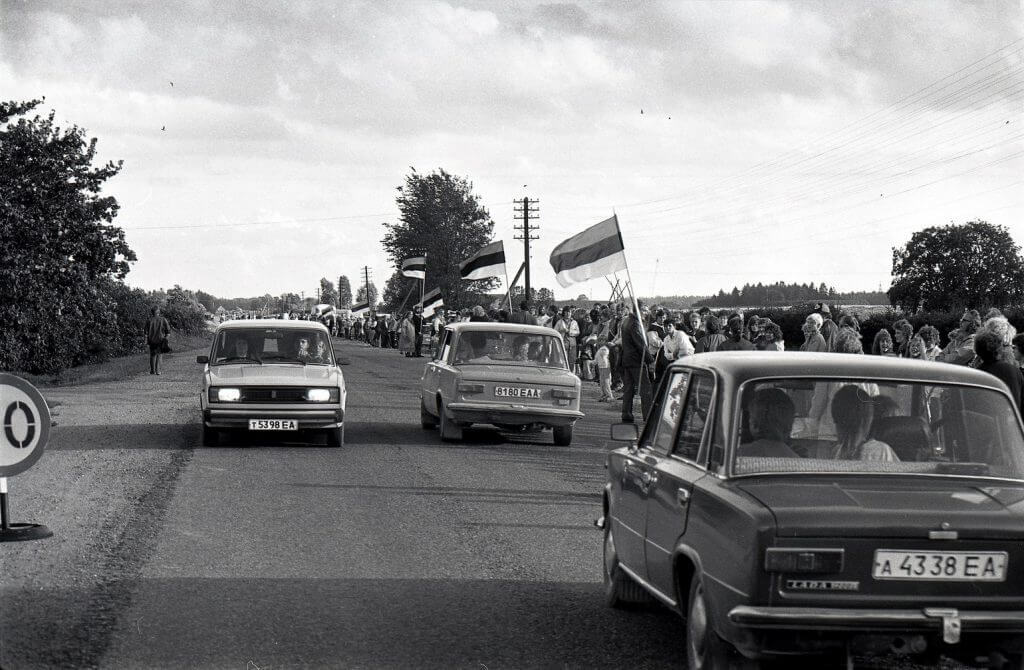
She was therefore puzzled as to why her parents chose to participate in the Baltic Way. Was her mother requesting to go to Russia? The mother responded to her inquiry while driving an old Lada on the way to join the human chain.
She stated that everyone has control over their own destiny in an independent state. If you put in the necessary effort in your studies and work, you will be able to pick the university and employer for the job you want. You’ll be able to explore the globe, pick up new languages, and discover various cultures. Your ability to speak two languages will no longer be a barrier but rather a tool for making friends.
But at the age of eight, Anne-focus Marie was diverted by something else. “My mother cleverly added, “In an independent state, you can go to a store and buy as many bananas as your soul desires! ” when she saw my confused look out the back window. ’”
“By the time we reached the highway, it was crowded with couples. The demonstrators began throwing candy at us through the car windows when we slowed down, Anne-Marie recalled. “Regardless of one’s nationality, everyone was filled with joy, smiling, singing, and giving each other hugs. This joyous outburst was infectious! ”
Inspiring empathy and tolerance today
The Vabamu Museum in Tallinn organized an exhibition in 2019 that featured Anne-recollection Marie’s of the Baltic Way and used the memories of common people who participated in the 675-kilometer-long human chain that stretched from Tallinn to Vilnius.
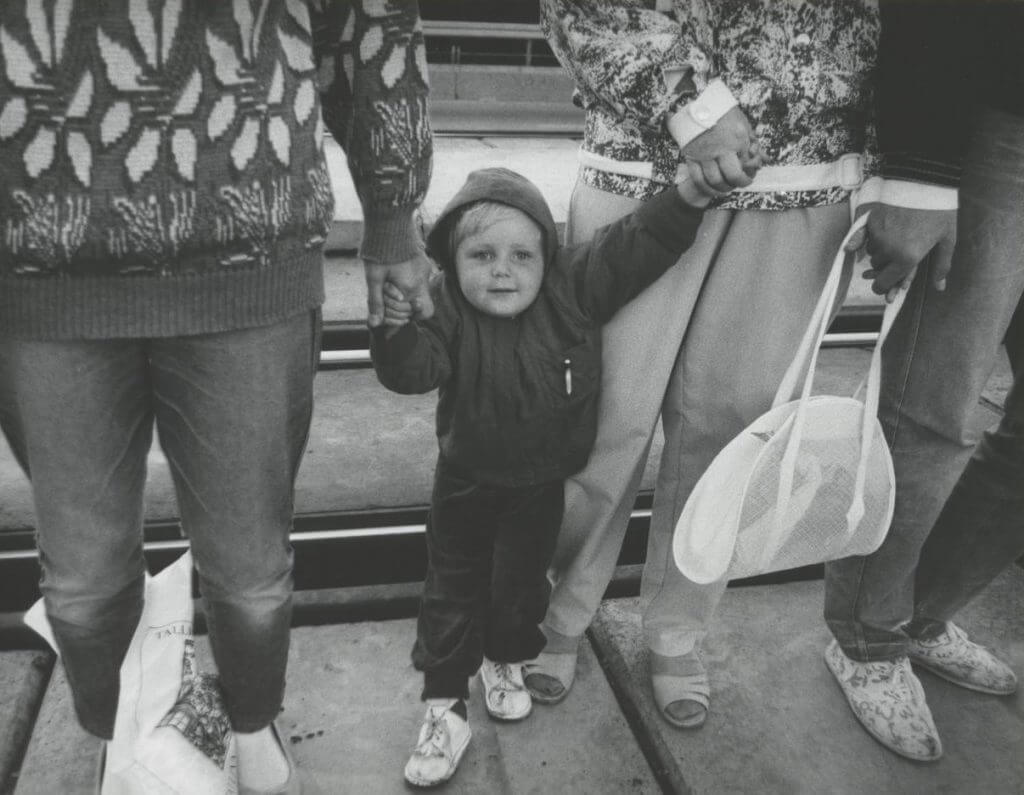
The popular front parties from Estonia, Latvia, and Lithuania organized The Baltic Way over the course of six weeks; it was the first non-communist political movement since the Soviet Union annexed the three states. To ensure that the chain would not be broken, the organizers mapped out the chain and assigned specific locations to specific cities, towns, and villages.
In 1989, walkie-talkies were used by the organizers because there were no mobile phones in the Baltic states. Special radio broadcasts were used to time the demonstration precisely, and participants carried portable radios with them to stay informed and hear speeches from politicians and activists from the popular front.
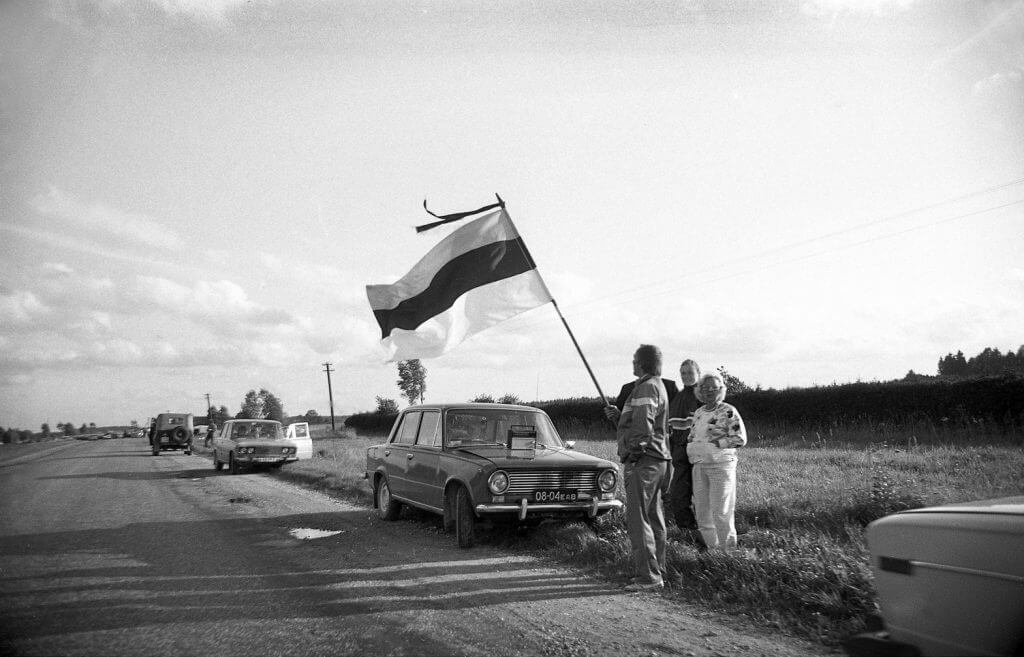
Nobody was certain of its success. However, at 7 o’clock in the evening, two million people formed a human chain that stretched for 15 minutes from Toompea in Tallinn to the foot of the Gediminas Tower in Vilnius, passing through Riga and the River Daugava.
Anne-Marie explained her decision to donate her memory to the museum in an email interview with Estonian World, stating that she felt “very fortunate” to have lived through such “challenging and interesting times.”
“I was raised in the Republic of Estonia, but I was born in the Soviet Union, so I now enjoy the benefits of being a citizen of the European Union,” she said. “All of this is due to the tenacity of my compatriots who never gave up on the idea of establishing an independent country. I’m honored to have been able to take part in the Baltic Way and add to my nation’s remarkable history.
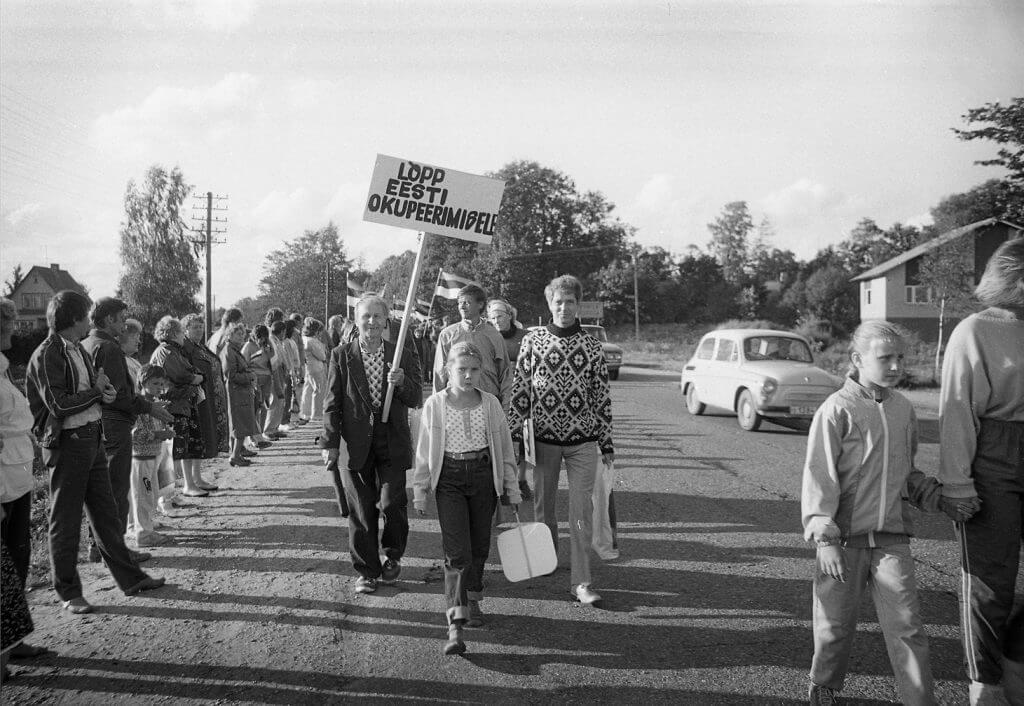
But Anne-Marie continued, “Another reason is that Estonia needs more empathy and tolerance.” “The Baltic Way was an expression of love for one’s home country and a demonstration of peoples’ extraordinary spirit, though our main message at the time was one of our freedom. Where there is a will, there is a way, and I believe that as a country we will be able to show our will once more and clear the path to happiness.
The Soviets were forced to acknowledge the secret protocols
Things have progressed significantly, according to a communist party statement released on August 26th, 1989 in Moscow. The fate of the Baltic peoples is under serious threat. People need to be aware of the pit their nationalistic leaders are leading them into. If they succeed in achieving their objectives, it could have disastrous effects on these countries. Their very existence could be questioned.
The public and pro-independence activists in the Baltic states were worried that Moscow would use force to stifle the national movements, as it had done in Hungary in 1956 and Czechoslovakia in 1968.
ABC News (US) made the Baltic Way their top news story on 23 August 1989.
The Baltic activists sent a joint declaration to the UN Secretary-General on August 31 which they claimed to be the target of aggression and requested the dispatch of an international commission to keep an eye on the situation. George H. W. Bush, the president of the United States, and Helmut Kohl, the chancellor of West Germany, urged the Soviet Union to exercise restraint and pursue peaceful reforms.
After four years of the so-called perestroika, the Soviet authorities eventually softened their rhetoric and abandoned all of their threats in the face of an international scandal. The secret protocols to the pact were also finally acknowledged by the Soviet Union, and on December 24, 1989, the Congress of People’s Deputies of the Soviet Union declared them to be illegal and void.
Peaceful protest can create change
Keiu Telve added one more effect of the Baltic Way to his list. People also claim that it contributed to the Berlin Wall’s initial breaks, as well as earlier events in Poland and the Czech Republic, but on a global scale, this event was significant. We cannot close our eyes to the east because they are there and ready to regain their independence. It demonstrated that the system in the Eastern Bloc, the collection of communist states in Central and Eastern Europe that were ruled by the Soviet Union during the Cold War, could collapse.
Since the Baltic Way, it has become a prime example of how nonviolent protest can effect change. The human chain served as a visual representation of Estonian, Latvian, and Lithuanian unity and promoted the Baltic cause throughout the world. The nonviolent Singing Revolution gained a favorable reputation in Western media.
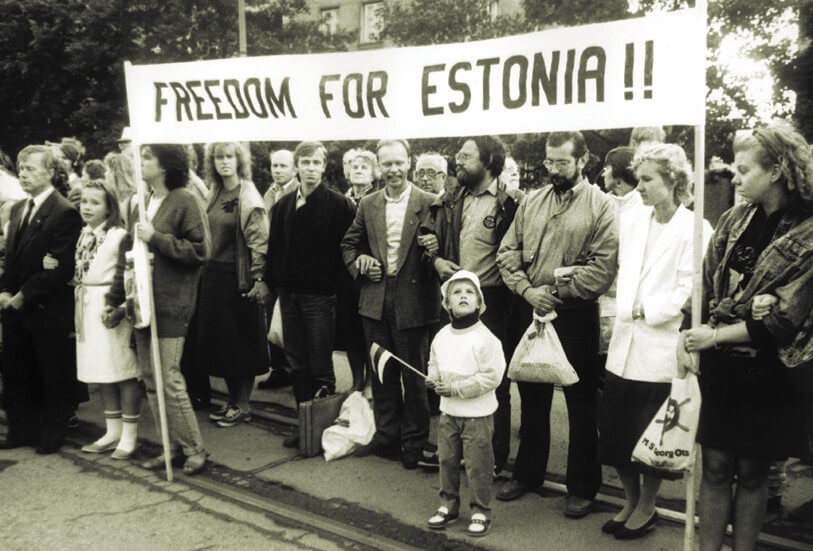
The national movements took advantage of the increased visibility to frame the debate over Baltic independence as a moral rather than merely a political issue: regaining independence would mean restoring historical justice and putting an end to Stalinism. The 1988-founded pro-independence movements grew bolder and more radical; they moved from calling for more freedom from Moscow to demanding complete independence, which was finally attained on August 20, 1991.
Telve emphasized the significance of keeping the 1989 events in mind. “At Vabamu, we emphasize the fragility of freedom and the need for daily maintenance. We can move both forward and backward because of this.
